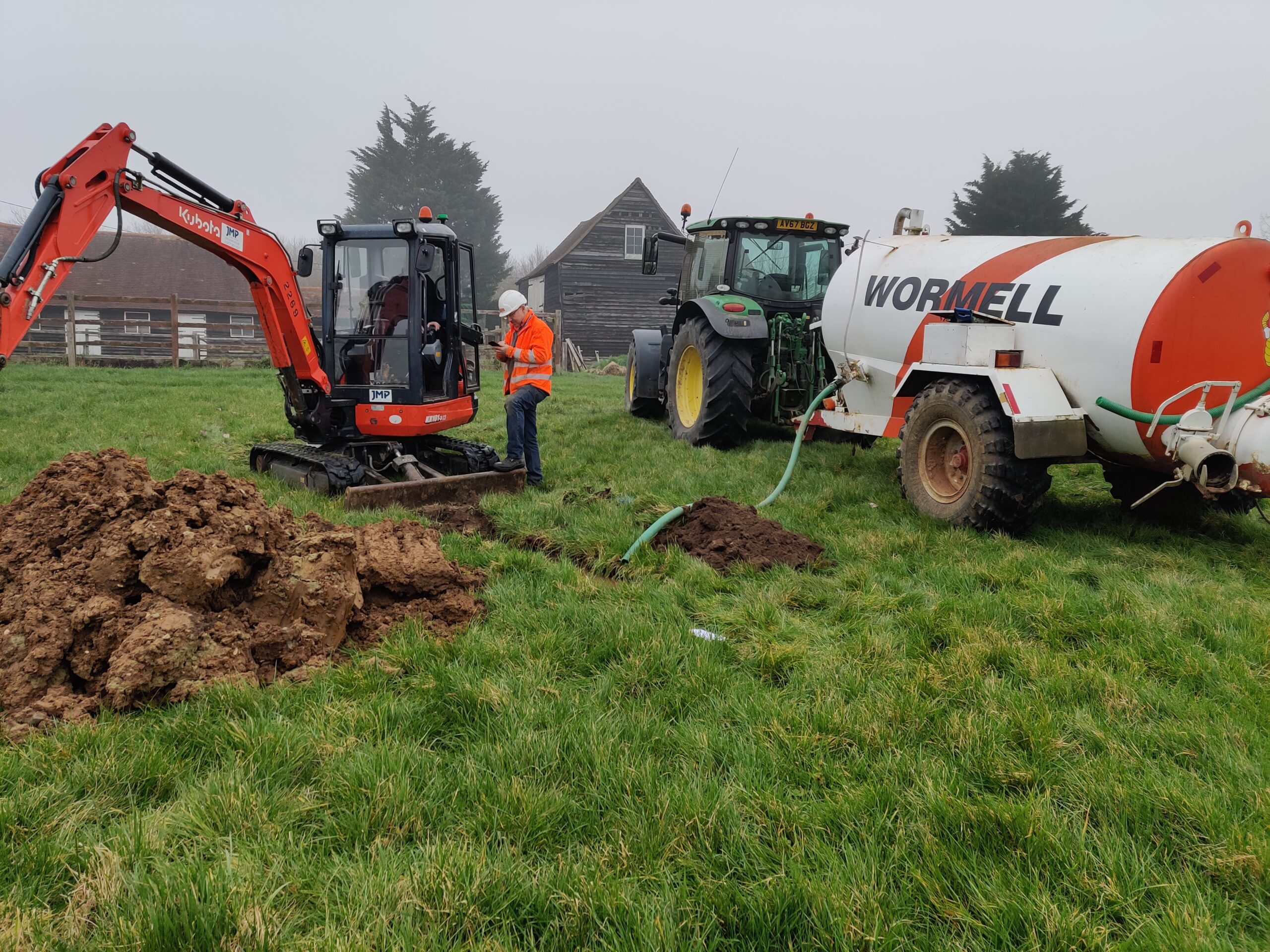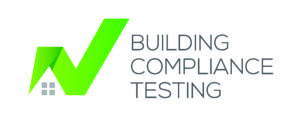
Phase IV Remediation Verification and Validation
Building Compliance Testing Limited can provide confirmation and ensuring the effectiveness of the cleanup efforts and regulatory compliance at a previously contaminated site through rigorous monitoring and assessment.
Phase IV Remediation Verification and Validation
Phase IV Remediation Verification and Validation is the final step in the process of addressing and remediating contaminated sites or areas where hazardous substances are present. This phase involves confirming that the remediation efforts have been successful and that the site or area now meets specified cleanup standards or regulatory requirements. Here’s an overview of Phase IV:
- Remediation Process Overview:
Before discussing Phase IV, it’s important to understand the context. The entire process typically consists of several phases, with Phase IV coming after earlier stages that include site investigation (Phase I), detailed assessment (Phase II), and remediation planning (Phase III).
- Objectives of Phase IV:
Phase IV focuses on two main objectives:
Verification: Confirming that the remediation actions taken align with the approved remediation plan and meet the established cleanup standards or objectives.
Validation: Demonstrating that the site or area is now safe, poses no further risks to human health or the environment, and is in compliance with regulatory requirements.
- Key Activities and Components:
Phase IV typically includes the following activities:
Data Collection: Gathering data and documentation related to the remediation process. This may include records of the types and quantities of contaminants removed, actions taken, and any monitoring or testing results.
Site Inspections: Conducting on-site inspections and assessments to verify that the physical conditions align with the remediation plan. This may involve checking the status of engineered controls (e.g., barriers, covers, groundwater treatment systems).
Sampling and Analysis: Collecting soil, water, and air samples from the site to analyze for the presence of contaminants. Sampling may be conducted both during and after remediation.
Data Evaluation: Assessing the collected data to ensure that the goals of the remediation plan have been met. This includes confirming that contamination levels have been reduced to acceptable levels.
Monitoring and Reporting: Ongoing monitoring may be necessary to demonstrate the long-term effectiveness of the remediation efforts. Results are documented in comprehensive reports.
Regulatory Compliance: Confirming that the site complies with relevant local, state, and federal regulations and guidelines.
- Validation and Clearance:
Once the data collected and inspections performed in Phase IV demonstrate that the remediation objectives have been met, the regulatory authorities may issue a “No Further Action” letter or a similar clearance that signifies the site’s successful remediation.
This clearance is essential for the site’s future use or redevelopment and can assure stakeholders, including property owners and the public, that the site is safe.
- Ongoing Monitoring (Optional):
In some cases, ongoing monitoring or periodic reviews may be required to ensure that the site remains in compliance with regulatory standards. These may be conducted post-closure to verify the long-term effectiveness of the remediation.
- Documentation and Reporting:
Phase IV generates comprehensive documentation, including final reports that summarize the results of verification and validation activities. These reports are often submitted to regulatory agencies and other stakeholders.
- Closure of the Remediation Project:
Successful Phase IV verification and validation contribute to the overall closure of the remediation project. It provides confidence that the site is no longer a threat to human health or the environment.
Phase IV Remediation Verification and Validation is a critical step in ensuring that formerly contaminated sites are restored to a safe and usable condition, promoting environmental protection and public safety. The specifics of this phase can vary depending on the nature and extent of contamination, regulatory requirements, and the goals of the remediation project.
Other Services
We can also offer a variety of specialist services through our Partners, including:
– Phase I Desktop Study and Preliminary Risk Assessment
– Phase II Intrusive Site Investigation
– Remediation Method Statement
– Gas and Groundwater Monitoring
We’re friendly and knowledgeable bunch so why not get in touch for a chat. You can always contact Building Compliance Testing with any questions through phone, email or our online chat service.
Don’t worry, we don’t charge for advice given over the phone, so why not ask for a free quote?
01621 493 594 | contact@buildingcompliancetesting.com
Let's Talk About Your Project?
Questions? We've Got Answers!
Find below a list of common frequently asked questions about Air Permeability Testing.

